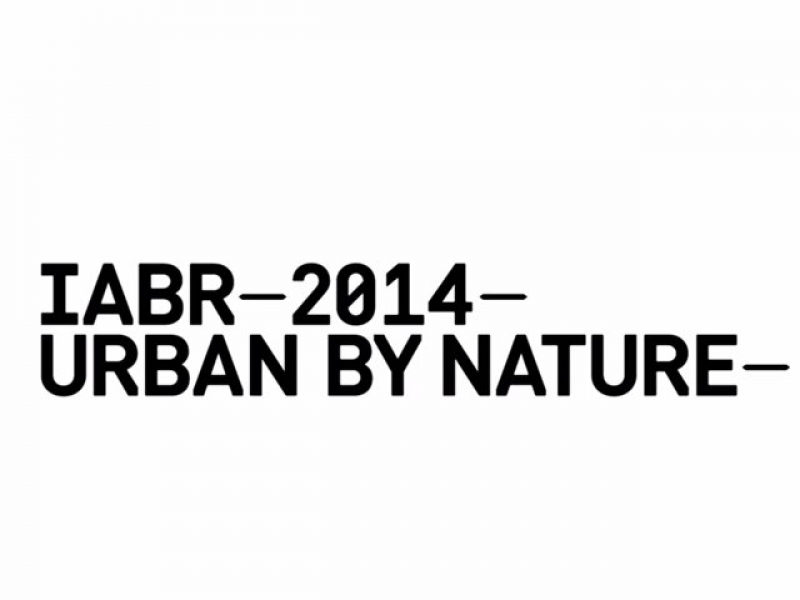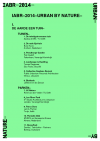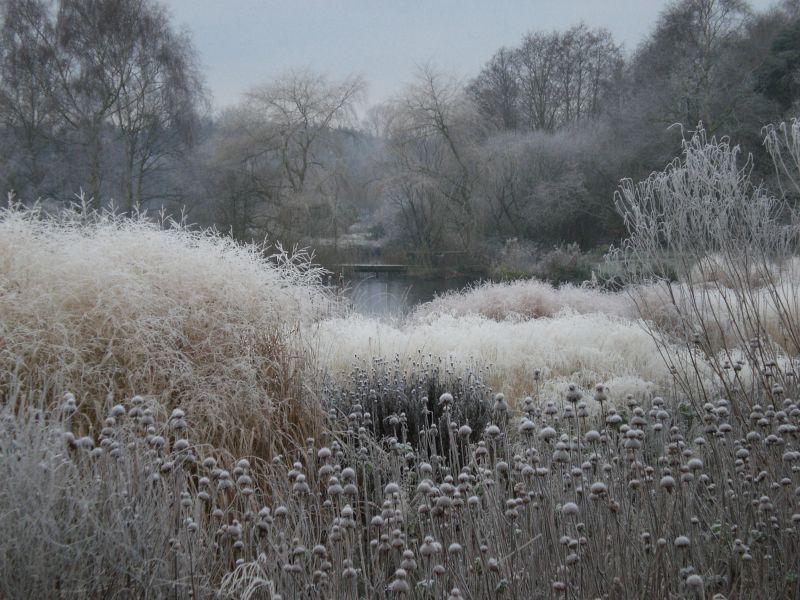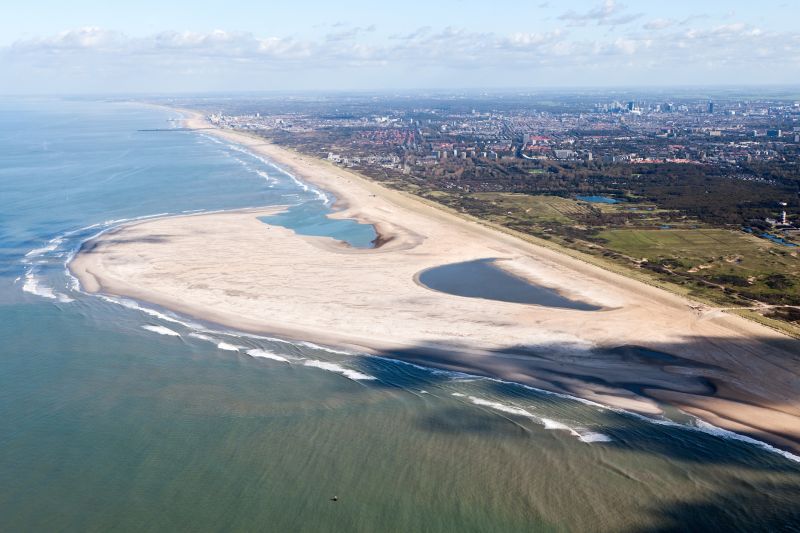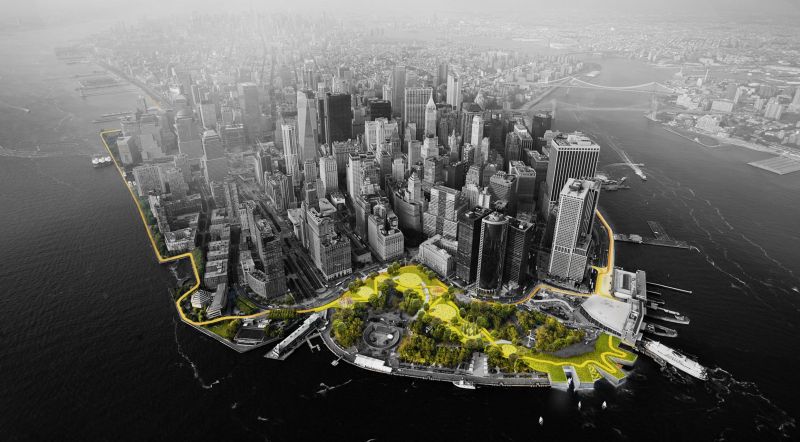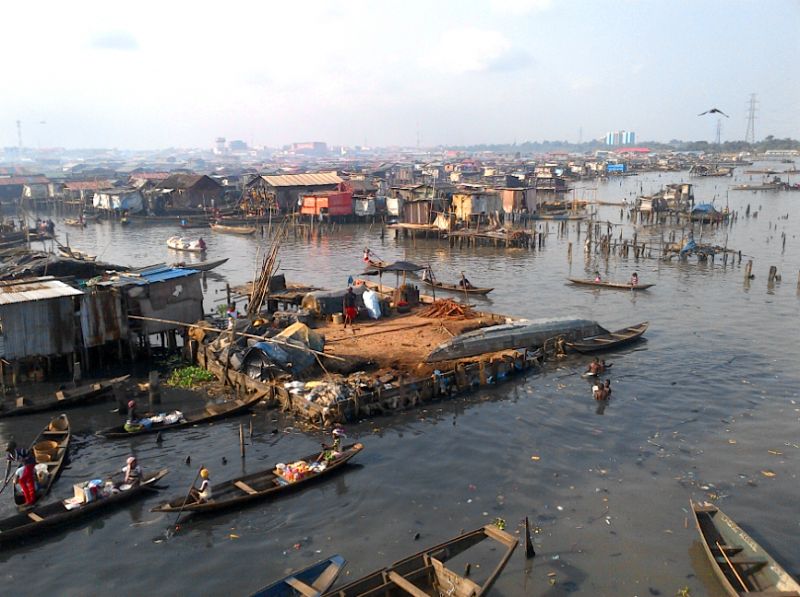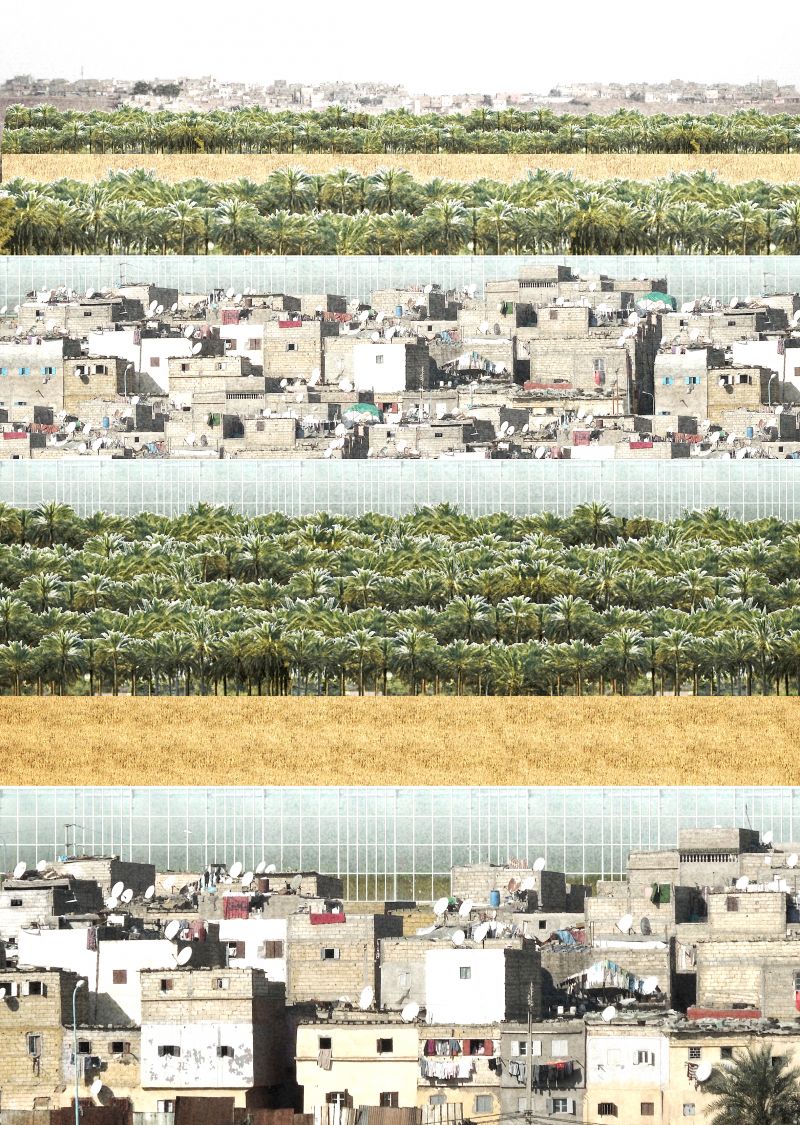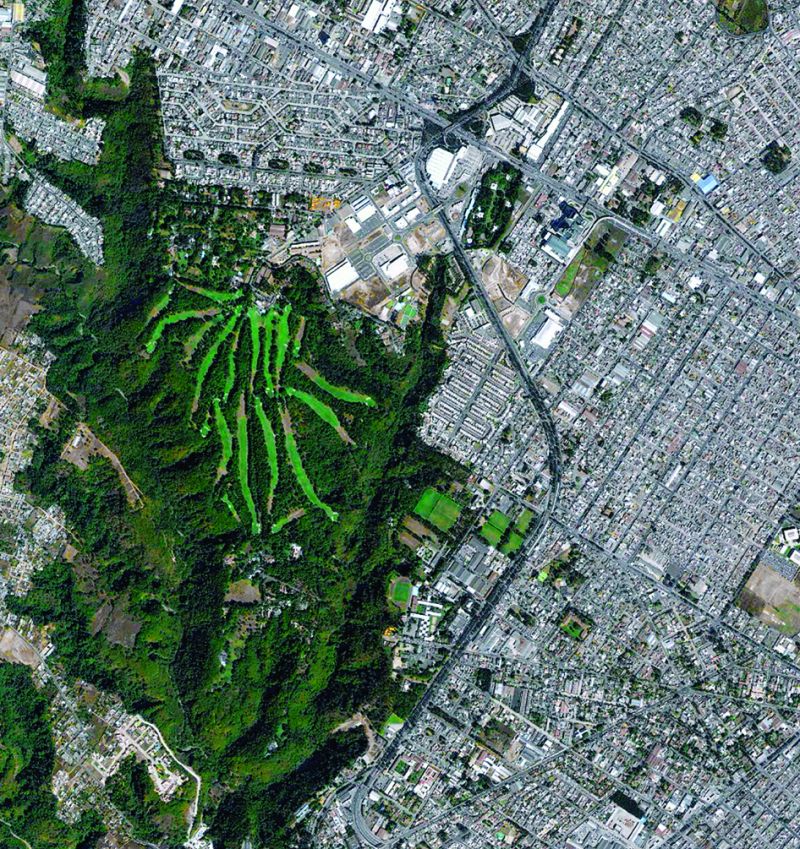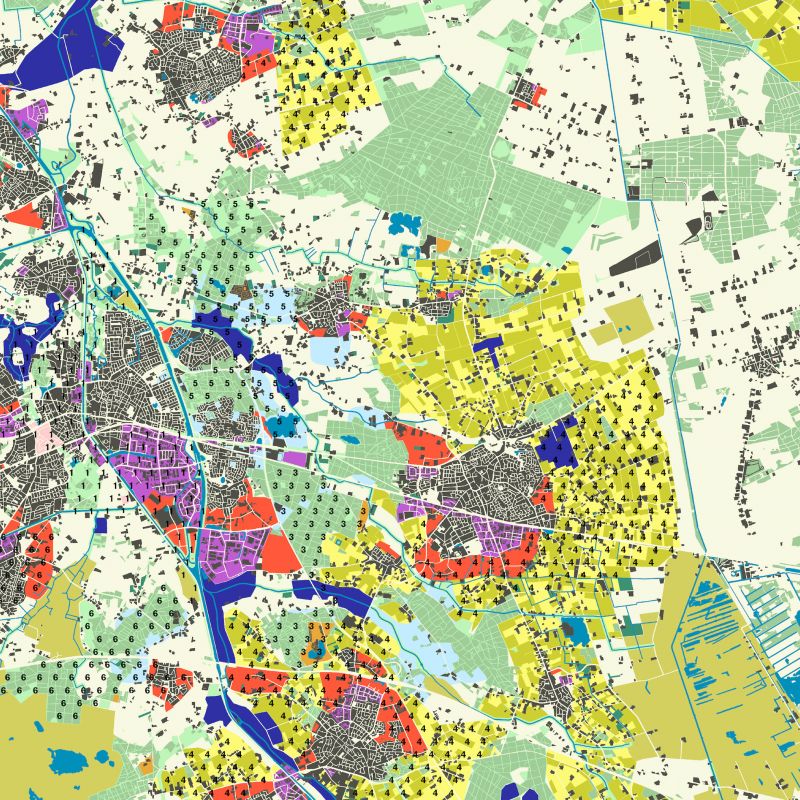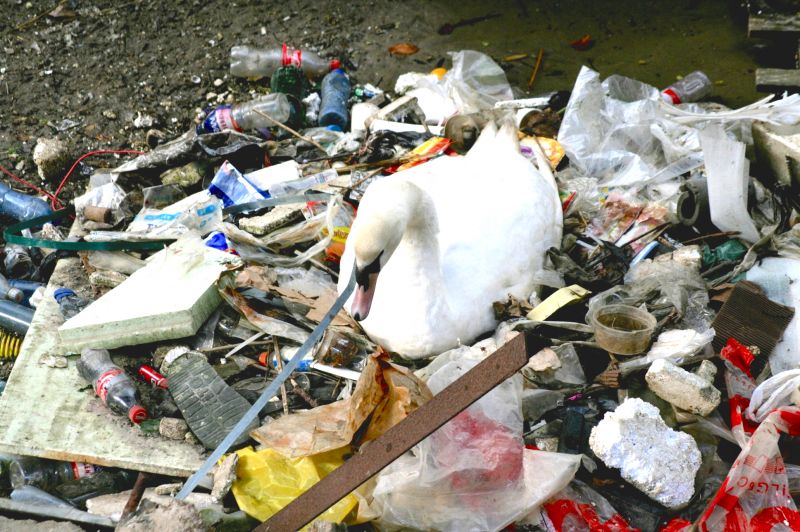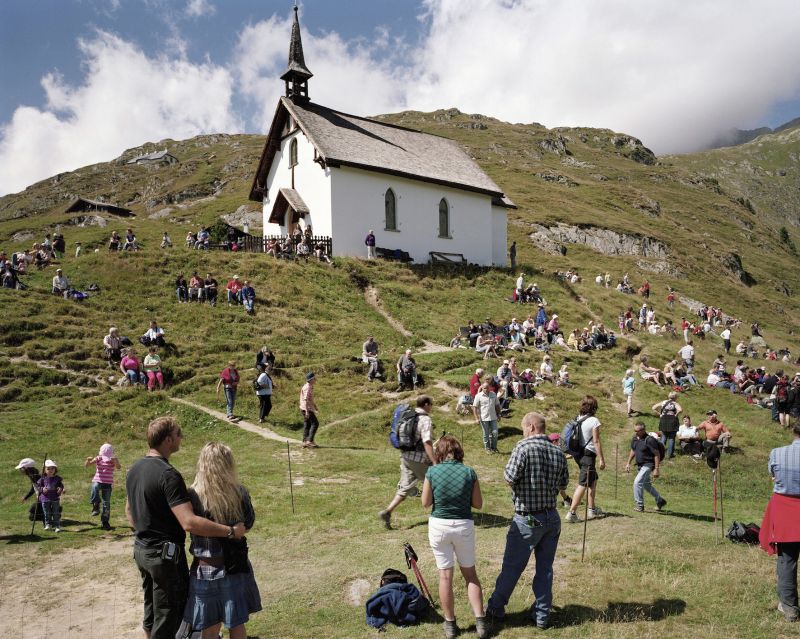
© Marc Latzel
IABR–2014–URBAN BY NATURE– claims that we can only solve the world’s environmental problems if we solve the problems of the city.
Looking through the lens of landscape architecture, IABR–2014– redefines the way we deal with urban challenges by analyzing the relationship between urban society and nature, and between city and landscape.
This edition of the biennale argues that cities are an integral part of huge urban landscapes, complex systems that have become our natural environment. This perspective has many implications for the way we plan and design our urban environment. Perceiving it as an organism opens up possibilities to develop spatial interventions that make use of its metabolism.
With the use of new and innovative design strategies that effectively address the city as the bigger urban landscape that it is, we can make the city more resilient and thus truly contribute to a more sustainable future world.
Six exhibitions, 96 projects
URBAN BY NATURE– addresses these issues showcasing 96 projects in six separate exhibitions: five at the Kunsthal and one at the Natural History Museum Rotterdam.
A PLANET CULTIVATED
The (re)organization of the urban landscape requires a committed relationship between man and nature. There are many manifestations of that commitment, from gardens and parks to nature conservation and 'building with nature'.
→
PURE RESILIENCE
The Natural History Museum hosts an exhibition on urban ecology that reflects the rich diversity of urban nature. The city is a biotope, too.
→
EXPLORING THE UNDERGROUND
Discovering, reassessing, and planning the unknown world beneath our feet. The underground is the source of natural resources, provides storage space and is the archive of humanity’s cultural history and of the earth itself.
→
THE URBAN METABOLISM
Most global environmental problems are due to the malfunctioning of the urban metabolism. If we want to solve problems worldwide, we will have to address those of our cities, first.
→
URBAN LANDSCAPE AND CLIMATE CHANGE
The world’s largest urban landscapes are located along coasts and in deltas. These areas are the most vulnerable to the effects of rising sea levels. Plans for water safety go hand in hand with area development.
→
STRATEGIES FOR THE URBAN LANDSCAPE
Urbanization is becoming a landscape architectural challenge; urban planning difficulties are arising in the countryside. Is it possible to plan on the scale of the urban landscape?
→
